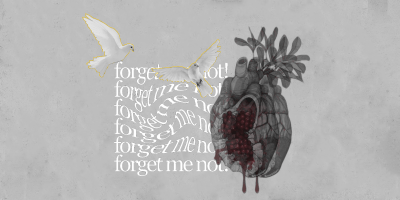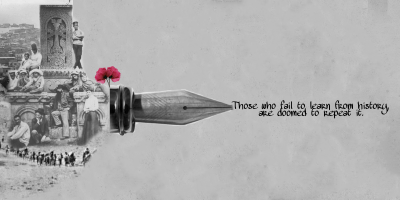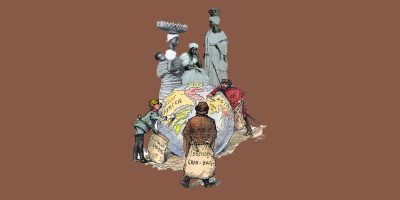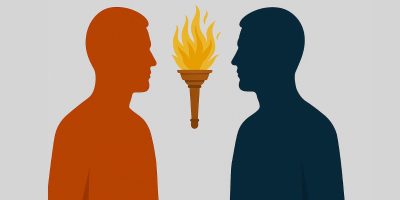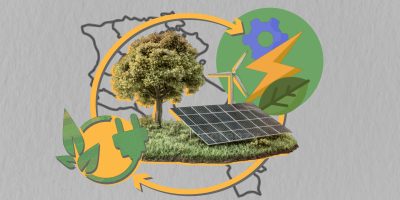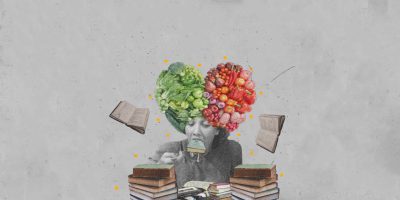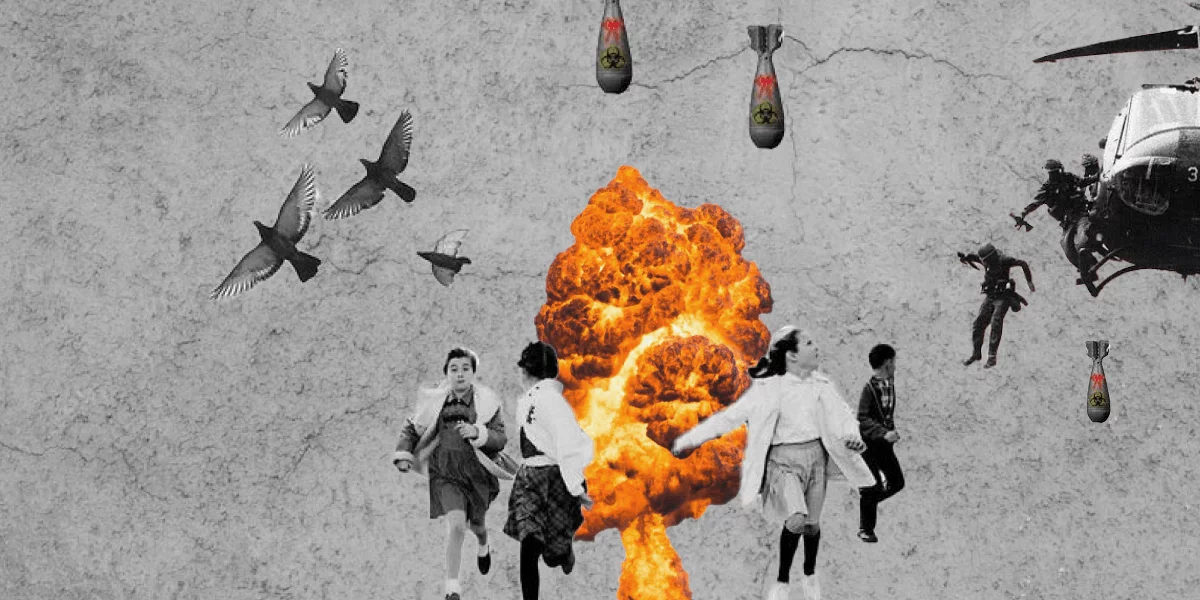
Massacres, fear, anxiety, and starvation… Approximately one and a half million Armenians were victims of the 20th century’s first genocide. As a result of the massacres of the Ottoman Empire, hundreds of thousands of Armenians were obliged to leave their homeland and go elsewhere due to the deportation of Armenians.
Isabelle Shamshoyan Hamel, a descendant of an Armenian Genocide survivor, recalls her father’s early life during the Genocide and how they ended up living in the United States of America.
Boghos Shamshoyan, Hamel’s father, was born in 1915 in Kharpert, Western Armenia. The Shamshoyan family was a large lineage who were living in a three-floor private house in the city of Kharpert. Boghos Shamshoyan was a young child when he lost his younger sister and father during the genocide. His father was among those Armenian men who were called out at night. Being his mother’s only son, Shamshoyan quit his education to help his widowed young mother, Aghavni. The latter was a “wonderful protective mother” who did everything possible to prevent tragedy from happening to her son as it did to her daughter. Aghavni and Boghos, with the help of Aghavni’s sister, were able to get away and arrive in Lebanon. Then they moved to Egypt through a ship and settled in Alexandria. Shamshoyan was very hard-working and quickly mastered shirt-making techniques while also learning the nuances of trade. Later, he started his own business and opened a store with three to four employees. Shamshoyan’s business became prosperous and one of the most famous stores in Alexandria for forty years. During those years, he met his future spouse Marie Shamshoyan, born in Alexandria. Boghos and Marie had three children; Isabelle, Garo, and Sarkis. Some of Shamshoyan’s relatives were settled in California, while others were in Massachusetts. Eventually, they managed to reunite in the USA.
Boghos Shamshoyan moved to Lowell, Massachusetts, with his family. His children went to school and got married there. All of them married non-Armenians, but they managed to preserve Armenian culture even then. Isabelle Hamel mentions that their parents considerably influenced the development of their identities as Armenians. Hamel did her best to maintain the Armenian language and culture by passing it to her children and is now doing the same with her grandchildren. Hamel also noted that she and her family are baptized in the Armenian church and they are active in the Armenian community. She is also a member of the Genocide committee in her city, which organizes events for the memorial day of the Armenian Genocide on April 24 each year. Additionally, the Genocide Committee is trying to create a program through which schoolchildren can learn about the Genocide.
Hamel also mentioned, “I am a very proud individual of my Armenian heritage and religion and live every day embracing it. I can also say that I have instilled that Armenian soul in my children and grandchildren, and I owe all that gratitude to my parents, especially to my father. He survived the genocide and achieved so much in his lifetime. Only history will tell whether we can succeed in getting our lands back, but at least we owe it to our ancestors to do our best.”
Shamshoyan’s story is one of the thousands of other Armenians’ stories that survived the Genocide. While living in the diaspora, they have never detached themselves from their original culture and roots. In fact, they tried to strengthen the bond by teaching the next generations to love Armenia and its culture.

